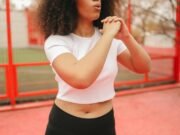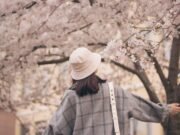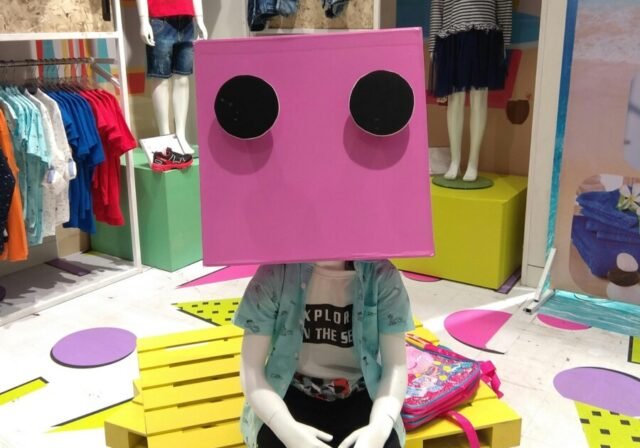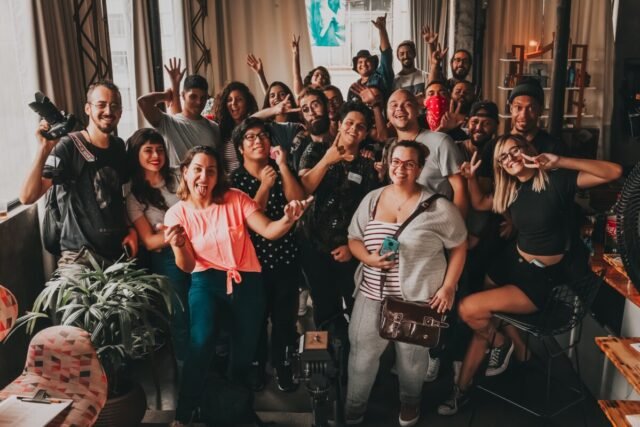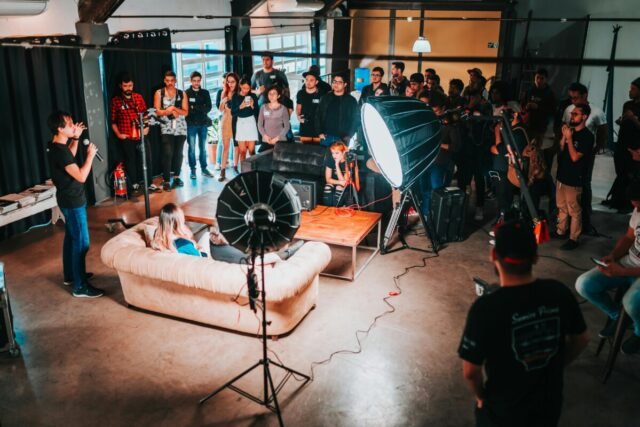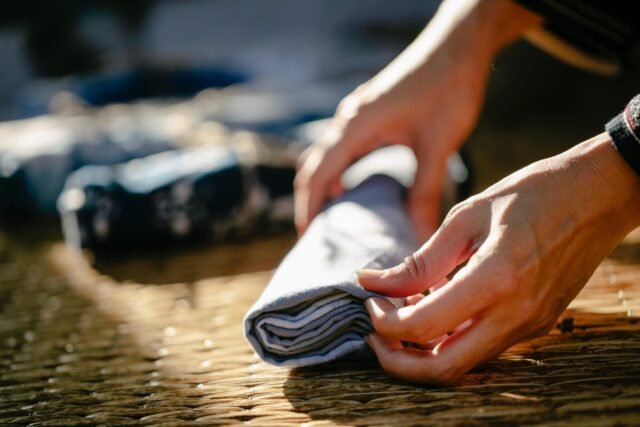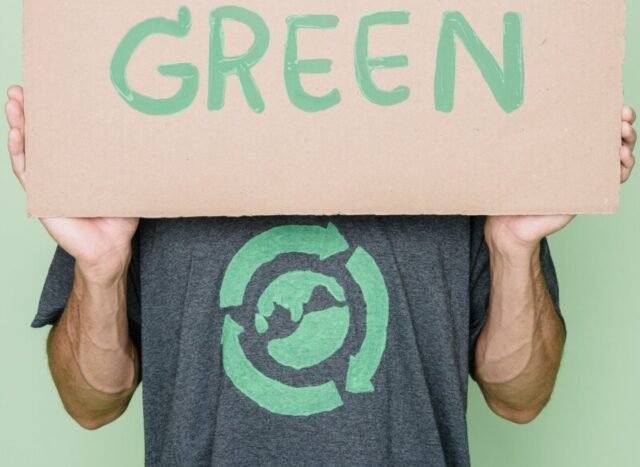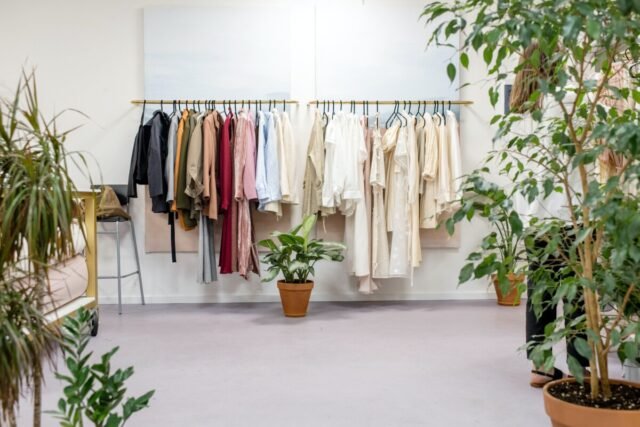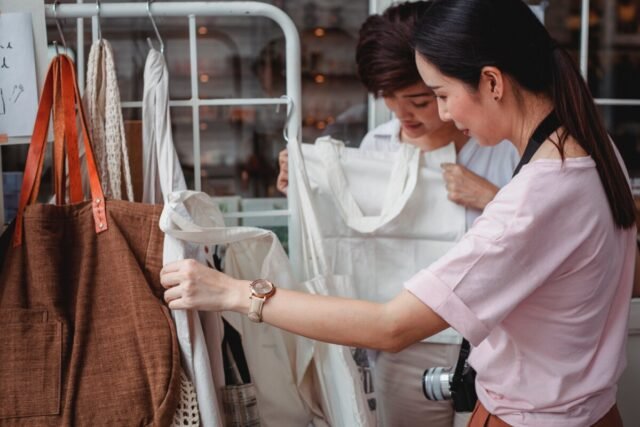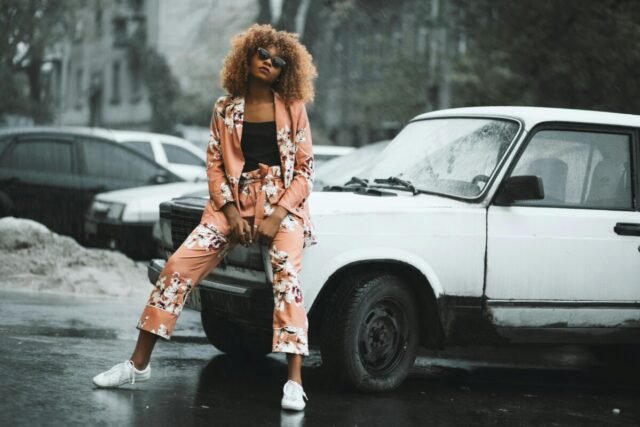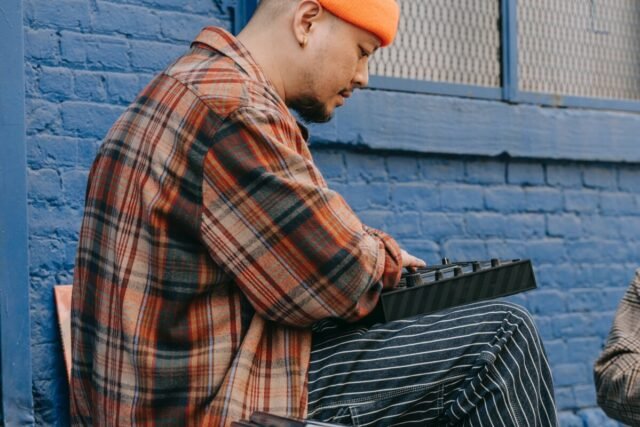Streetwear Exhibitions and Pop-Up Shops: Exploring the Vibrancy of Urban Fashion
Here is a 2000 word SEO optimized article on streetwear exhibitions and pop-up shops:
Streetwear Exhibitions and Pop-Up Shops
Streetwear exhibitions and pop-up shops have become an exciting part of urban fashion and streetwear culture. These events provide opportunities for brands to showcase their latest collections and for fans to experience limited edition items and exclusive merchandise. If you want to stay up to date on the latest streetwear trends, attending an exhibition or pop-up is a must.
Introduction to Streetwear Exhibitions and Pop-Up Shops
A streetwear exhibition is a large-scale event where multiple streetwear brands come together to display their products and connect with customers. Exhibitions are held annually or biannually in major cities around the world. They allow attendees to browse clothing, shoes, and accessories from established and up-and-coming labels side by side.
Pop-up shops offer a more intimate retail experience. A brand will temporarily set up a shop for a day, weekend, or week to release a limited collection. Pop-ups are hosted everywhere from empty retail spaces to art galleries and hotels. The ephemeral nature of pop-ups generates hype and gives customers a sense of urgency.
Both exhibitions and pop-ups provide unique opportunities to experience streetwear culture and the latest fashion trends. Their temporary nature also builds excitement and gives brands a chance to test new ideas.
The Popularity of Streetwear Exhibitions and Pop-Ups
Streetwear exhibitions and pop-ups have exploded in popularity in recent years. Their experiential nature provides an antidote to mundane shopping experiences.
For streetwear fans, exhibitions and pop-ups are a chance to connect with brands and immerse themselves in streetwear culture. At an exhibition, you may be able to meet the designers behind your favorite labels and get a first look at upcoming collections. Pop-ups allow you to get your hands on limited edition merchandise you can’t find anywhere else.
For brands, these events build buzz and allow them to make direct connections with core customers. The temporary nature of pop-ups also generates hype and a sense of urgency. Many brands also appreciate the opportunity to experiment with new retail concepts.
Benefits of Attending Streetwear Exhibitions and Pop-Ups
Attending a streetwear exhibition or pop-up shop offers many unique benefits for fashion fans. Here are some of the top reasons to check out these events:
- See new collections first – Brands will often debut new clothing lines, collaborations, and products at exhibitions and pop-ups before they become widely available. You can get a sneak peek at upcoming trends.
- Score limited edition items – Pop-ups in particular offer merchandise, colorways, and product drops you can’t get anywhere else. You may be able to get your hands on limited sneaker releases or collab apparel.
- Immerse yourself in streetwear culture – Exhibitions and pop-ups bring together like-minded streetwear enthusiasts. You can check out products from niche brands and connect with individuals who share your interests.
- Meet designers and brand reps – At exhibitions you may have the opportunity to meet the minds behind your favorite streetwear brands and ask them questions.
- Enjoy a unique retail experience – The experiential nature of pop-ups and exhibitions makes them a lot more fun than your average trip to the mall. You can take in creative retail concepts and branded environments.
Popular Streetwear Exhibitions
Some of the biggest streetwear exhibitions held annually include:
Sneaker Con
Sneaker Con is one of the largest sneaker shows in the world. This exhibition features vendors selling rare kicks, exhibits from major sneaker brands like Nike and Adidas, and appearances by celebrities and athletes. It tours through cities in the US and around the globe.
Agenda
Agenda is a massive streetwear trade show held twice a year in New York City and Las Vegas. It brings together hundreds of brands and thousands of attendees. Agenda offers exhibits, panels, product debuts, and more.
ComplexCon
ComplexCon mixes streetwear, music, and pop culture. This Los Angeles event has featured brand experiences from names like Nike and Adidas alongside musical performances and panels. You can browse the latest gear and connect with other members of the Complex community.
Streetwear Pop-Up Shops
In addition to big exhibitions, streetwear brands are also embracing pop-up shops:
Kith Treats
Kith is one of the biggest names in streetwear retail. Their Treats pop-up shops offer highly coveted collaborations with brands like Nike, Adidas, and Coca-Cola. People will camp out overnight to get their hands on Kith’s limited releases.
Social Status
Social Status is renowned for its pop-up shops focused on the latest sneaker drops. They regularly partner with brands like Nike, Jordan, New Balance, and Converse to give customers access to exclusive product launches.
Dover Street Market
Dover Street Market is a high-end streetwear department store that also stages pop-ups from brands like Louis Vuitton, Gucci, and Supreme. Their pop-ups allow these labels to showcase specialty collections in Dover Street’s renowned retail spaces.
All About Streetwear Culture
Streetwear encompasses a diverse range of clothing and styles rooted in urban youth culture. Some key elements that define streetwear culture include:
- Street fashion – Streetwear pulls inspiration from the clothing worn by urban youth and street culture. This includes casual basics like t-shirts, jeans, and sneakers as well as athletic and skater influences.
- Exclusivity – Limited edition pieces, rare collaborations, and product drops are integral to streetwear. Brands create hype and demand by producing merchandise in short supply.
- Influencers and celebrities – Rappers, athletes, social media influencers, and celebrities have a major impact on streetwear trends. Many collaborate with brands to co-design products.
- Branding – Logos, prints, and graphics that represent streetwear brands are an important way fans rep their favorite labels.
- Collecting – Many dedicated streetwear enthusiasts obsessively collect pieces. Limited edition drops and exclusive merch have the most cachet.
Though rooted in urban communities, streetwear has gone mainstream. However, brands still aim to maintain their credibility by staying true to street culture.
Evolution of Streetwear
Streetwear has its origins in West Coast surf and skate culture of the 1970s and 80s. As it expanded in popularity, key milestones in the evolution of streetwear include:
- 1980s – Rise of sportswear brands like Starter and sports-influenced clothing like tracksuits and baseball caps.
- 1990s – Streetwear brands like Supreme and Stussy gain prominence. Urban clothing aesthetics go mainstream.
- 2000s – Bigger brands like Nike and Adidas embrace streetwear with sneaker collaborations, clothing lines like Adidas Originals, and influencer marketing.
- 2010s – Luxury fashion houses like Louis Vuitton and Gucci put their spin on streetwear. Exclusive drops become integral to streetwear culture.
- Today – Streetwear is a multi-billion dollar global industry. Athleisure, vintage, and gender-fluid styling reflect streetwear’s evolution.
Many OG streetwear brands remain relevant today by staying true to their roots while also evolving with the times. Streetwear continues to be impacted by youth culture.
Popular Streetwear Brands
Some of the most influential streetwear brands include:
Supreme
Known for its box logo tees, limited releases, and collaborations, Supreme is one of the most coveted streetwear brands. It set the standard for drops and pop-ups.
Stussy
Founded in 1980, Stussy pioneered the streetwear movement with its surf and skate-inspired apparel. Stussy’s iconic t-shirts and accessories are still bestsellers.
BAPE
Japanese streetwear label A Bathing Ape (BAPE) is renowned for camo prints, bold graphics, and its iconic shark hoodies. BAPE brought streetwear to Asia and continues to be influential.
Off-White
Virgil Abloh’s Off-White brand has made luxury streetwear a mainstream phenomenon with iconic belt and zip tie details and coveted Nike collabs.
Vetements
This game-changing French collective brought anti-fashion and oversized silhouettes to high fashion. Vetements’ irreverent take on streetwear continues to inspire.
Latest Streetwear Fashion Trends
Some current streetwear trends to look out for include:
Athleisure
The athleisure trend combines athletic wear with street style. Brands are releasing sports-inspired apparel with premium details in fabrics like leather and satin.
Gender-Fluid Styling
Many brands are embracing more inclusive sizing and non-binary collections. Oversized and androgynous fits allow for more flexible personal styling.
Utility and Cargo Pants
Cargo and utility pants offer functional details like pockets and drawstrings while also providing streetwear edge.
Vintage Fashion
From thrift store tees to decades-old sports jerseys, vintage and retro looks remain popular in streetwear. Brands are also reissuing archival designs.
Sustainable Fashion
Eco-friendly materials and manufacturing processes are becoming more important. Brands are using recycled fabrics and pledging carbon neutrality.
Incorporating Streetwear Into Your Style
Here are some tips for integrating streetwear into your own personal fashion:
- Start with the classics – Build your wardrobe around staples like t-shirts, hoodies, bomber jackets, and sneakers from go-to streetwear brands.
- Look for statement pieces – Add interest with graphic tees, experimental prints, or colorful accessories.
- Know the drops – Follow brands on social media and sign up for newsletters so you know when coveted merchandise is releasing.
- Look to influencers – Draw inspiration from celebrities, athletes, and influencers who rep the hottest streetwear trends.
- Make it your own – Put together outfits that reflect your personal taste. Streetwear is all about confident self-expression.
Where to Find Streetwear Inspiration
Some great sources to get inspired about streetwear style include:
- Streetwear blogs and magazines – Hypebeast, Highsnobiety, and Complex are go-to sites for streetwear news, brand spotlights, and trend reports.
- Instagram – Follow streetwear brands, photographers, and influencers who post outfit pics and showcase the latest products.
- Lookbooks – Brands publish online lookbooks to preview their collections. Browse them to see styling ideas.
- Fashion weeks – Events like New York Fashion Week feature streetwear brands alongside high fashion labels. See runway trends.
- Pop-up shops – Check out merch and styling at the latest brand pop-ups. See products in person and try them on.
The Future of Streetwear Exhibitions and Pop-Ups
Streetwear exhibitions and pop-ups show no signs of slowing down. This experiential way of shopping seems primed to only grow in popularity.
Brands will likely continue leveraging these events to build hype for product launches. Pop-ups in particular provide the opportunity to create interactive experiences that go beyond just selling merchandise.
The community-driven aspect of streetwear exhibitions also appears to be thriving. As much as these events allow brands to connect with consumers, they also give fans a place to convene and celebrate streetwear culture.
Looking ahead, exhibitions and pop-ups may evolve to incorporate emerging technologies like virtual and augmented reality. But the excitement of experiencing a brand’s products and energy in real life is likely to remain unmatched.
Getting Involved in Streetwear Culture
Here are some suggestions for how you can become part of the streetwear community:
- Immerse yourself – Attend exhibitions, check out pop-ups, follow brands and influencers on social media. Absorb as much as you can about streetwear.
- Talk to people – Chat with brand reps, designers, and other fans at events. Discuss favorite brands and trends.
- Start a collection – You don’t have to go overboard, but collect a few pieces you love from go-to streetwear brands.
- Take inspiration – Use streetwear as a jumping off point to develop your own personal style. Put outfits together that express your individuality.
- Share your looks – Post your streetwear outfits and finds on social media. Engage with other streetwear enthusiasts.
- Stay updated – Sign up for brand newsletters and follow streetwear accounts. Stay in the loop on upcoming releases and events.
Streetwear isn’t just about clothing. It’s a mindset and cultural movement. By getting involved at exhibitions and pop-ups, you can become part of the community.
